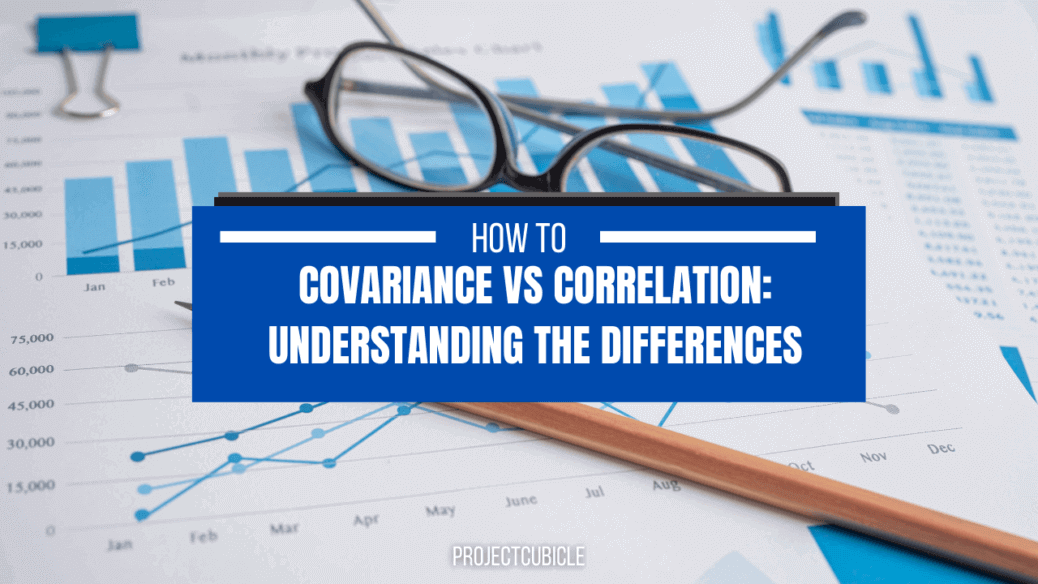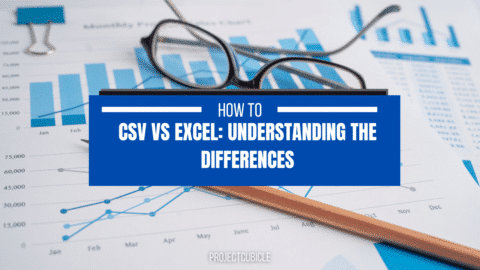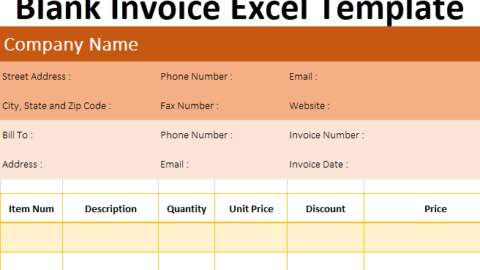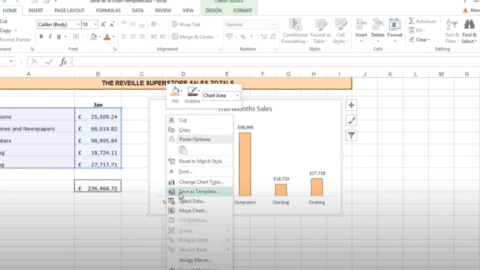Covariance vs Correlation: Understanding the Differences
Covariance vs Correlation is two of the most commonly used statistical concepts. However, many people use these terms interchangeably, leading to confusion. In this article, we’ll explain the differences between covariance and correlation and when to use each of them.
Table of Contents
What is Covariance?
Covariance is a measure of how two variables change together. It measures the relationship between two variables, and it tells us how much the variables vary from their means. In other words, it tells us how much the variables are related. If the variables move in the same direction, the covariance is positive; if they move in opposite directions, it is negative.
Formula for Covariance
The formula for covariance is:
Where X and Y are two variables, n is the number of observations, xi and yi are the values of X and Y, respectively, and x̄ and ȳ are the means of X and Y, respectively.
What is Correlation?
Correlation measures the strength and direction of the relationship between two variables. It measures the degree to which two variables are linearly related. Correlation coefficients range from -1 to +1, where -1 indicates a perfect negative correlation, +1 indicates a perfect positive correlation, and 0 indicates no correlation.
Formula for Correlation
The formula for correlation is:
Where ρX,Y is the correlation coefficient between X and Y, cov(X,Y) is the covariance between X and Y, σX is the standard deviation of X, and σY is the standard deviation of Y.
Key Differences between Covariance and Correlation
Covariance and correlation are two statistical concepts that are often used together, but they are not the same thing. Here are some key differences between covariance and correlation:
Definition
Covariance measures the extent to which two variables are linearly related to each other. It is a measure of the joint variability of two random variables. Correlation measures the strength and direction of the linear relationship between two variables.
Range of values
Covariance can take on any value, including negative values, and it’s not bounded between -1 and 1. Correlation, on the other hand, always takes on values between -1 and 1, where -1 represents a perfect negative correlation, 0 represents no correlation, and 1 represents a perfect positive correlation.
Interpretation
Covariance does not give any information about the strength or direction of the relationship between two variables, only the extent to which they are related. Correlation, on the other hand, provides information about both the strength and direction of the relationship between two variables.
Units of measurement
Covariance is measured in terms of the units of the two variables being compared. For example, if you’re comparing the height and weight of people, the covariance will be in terms of inches and pounds. Correlation, on the other hand, is a unitless measure, as it is standardized by the standard deviation of each variable.
Relationship between variables
Covariance can be positive, negative, or zero, depending on the relationship between the two variables. A positive covariance indicates that the two variables tend to increase or decrease together, while a negative covariance indicates that they tend to move in opposite directions. A covariance of zero indicates that there is no linear relationship between the two variables. Correlation coefficients have the same interpretation, but are standardized to be between -1 and 1, making the magnitude of the correlation coefficient directly comparable across different datasets.
In summary, covariance and correlation are both measures of the relationship between two variables, but they have different properties and provide different types of information. While covariance can be used to describe the extent of the relationship between two variables, correlation provides more useful information about the strength and direction of the relationship.
When to Use Covariance and Correlation
Covariance
Covariance is useful when we want to know the direction of the relationship between two variables. It tells us whether the variables move in the same direction or in opposite directions. Covariance is also useful for calculating regression equations, which can be used to predict one variable based on another.
Correlation
Correlation is useful when we want to know the strength and direction of the relationship between two variables. It tells us how much two variables are related to each other. Correlation is also useful for identifying outliers and influential observations, as well as for selecting variables for multivariate analysis.
Examples
Let’s take an example to understand the difference between covariance and correlation. Suppose we have two variables, X and Y, and their values are as follows:
| X | Y |
|---|---|
| 1 | 2 |
| 2 | 3 |
| 3 | 4 |
| 4 | 5 |
| 5 | 6 |
Covariance
To calculate the covariance between X and Y, we first need to calculate the means of X and Y:
x̄ = (1 + 2 + 3 + 4 + 5) / 5 = 3
ȳ = (2 + 3 + 4 + 5 + 6) / 5 = 4
Then, we use the covariance formula:
cov(X,Y) = [(1-3)(2-4) + (2-3)(3-4) + (3-3)(4-4) + (4-3)(5-4) + (5-3)(6-4)] / 5
cov(X,Y) = 2
The covariance between X and Y is 2, which means that the variables are positively related.
Correlation
To calculate the correlation between X and Y, we also need to calculate the standard deviations of X and Y:
σX = √[(1-3)² + (2-3)² + (3-3)² + (4-3)² + (5-3)²] / 5 ≈ 1.41
σY = √[(2-4)² + (3-4)² + (4-4)² + (5-4)² + (6-4)²] / 5 ≈ 1.41
Then, we use the correlation formula:
ρX,Y = cov(X,Y) / (σX σY)
ρX,Y = 2 / (1.41 x 1.41) ≈ 1
The correlation between X and Y is approximately 1, which means that the variables have a strong positive relationship.
Excel Examples
Covariance
To calculate the covariance between two variables in Excel, you can use the COVARIANCE.P or COVARIANCE.S function. The COVARIANCE.P function calculates the population covariance, while the COVARIANCE.S function calculates the sample covariance.
For example, let’s say we have two variables X and Y in columns A and B, respectively. To calculate the covariance between X and Y using the COVARIANCE.P function, you can use the formula:
=COVARIANCE.P(A:A, B:B)
To calculate the covariance between X and Y using the COVARIANCE.S function, you can use the formula:
=COVARIANCE.S(A:A, B:B)
Correlation
To calculate the correlation between two variables in Excel, you can use the CORREL function.
For example, let’s say we have two variables X and Y in columns A and B, respectively. To calculate the correlation between X and Y, you can use the formula:
=CORREL(A:A, B:B)
The output of the CORREL function will be a correlation coefficient between -1 and 1, which indicates the strength and direction of the relationship between the two variables.
It’s important to note that while Excel provides these functions for calculating covariance and correlation, it’s still important to understand the underlying concepts and how to interpret the results.
Conclusion
In summary, covariance and correlation are two different measures of the relationship between two variables. Covariance tells us how much two variables vary together, while correlation tells us about the strength and direction of their relationship. Knowing the differences between these two concepts can help us choose the appropriate statistical method for analyzing our data. We hope it helps you. You can read this article on the subject or you can read this article we found for you from another site.
Hello, I’m Cansu, a professional dedicated to creating Excel tutorials, specifically catering to the needs of B2B professionals. With a passion for data analysis and a deep understanding of Microsoft Excel, I have built a reputation for providing comprehensive and user-friendly tutorials that empower businesses to harness the full potential of this powerful software.
I have always been fascinated by the intricate world of numbers and the ability of Excel to transform raw data into meaningful insights. Throughout my career, I have honed my data manipulation, visualization, and automation skills, enabling me to streamline complex processes and drive efficiency in various industries.
As a B2B specialist, I recognize the unique challenges that professionals face when managing and analyzing large volumes of data. With this understanding, I create tutorials tailored to businesses’ specific needs, offering practical solutions to enhance productivity, improve decision-making, and optimize workflows.
My tutorials cover various topics, including advanced formulas and functions, data modeling, pivot tables, macros, and data visualization techniques. I strive to explain complex concepts in a clear and accessible manner, ensuring that even those with limited Excel experience can grasp the concepts and apply them effectively in their work.
In addition to my tutorial work, I actively engage with the Excel community through workshops, webinars, and online forums. I believe in the power of knowledge sharing and collaborative learning, and I am committed to helping professionals unlock their full potential by mastering Excel.
With a strong track record of success and a growing community of satisfied learners, I continue to expand my repertoire of Excel tutorials, keeping up with the latest advancements and features in the software. I aim to empower businesses with the skills and tools they need to thrive in today’s data-driven world.
Suppose you are a B2B professional looking to enhance your Excel skills or a business seeking to improve data management practices. In that case, I invite you to join me on this journey of exploration and mastery. Let’s unlock the true potential of Excel together!
https://www.linkedin.com/in/cansuaydinim/










